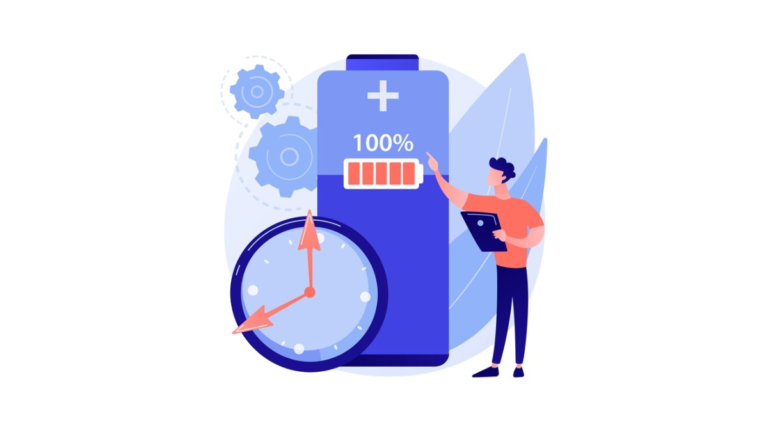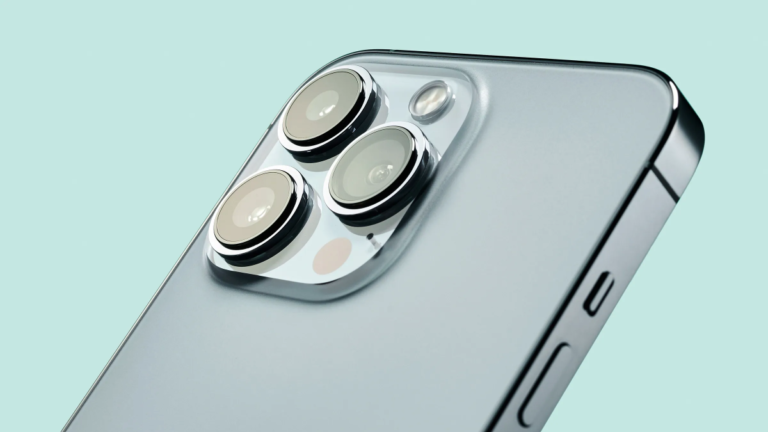Fast Charging Vs Super Fast Charging. Let me explain that.
With smartphones getting more advanced and power-hungry every year, battery life remains a concern for most users. This has led to rapid advancements in fast charging technology to help recharge phones quickly.
However, with terms like “fast charging”, “quick charging”, “turbo charging” and now “super fast charging” being used interchangeably, it can get confusing to understand the real differences between them.
In this post, we’ll simplify these charging terminology and explain the key differences between fast charging vs super fast charging.
We’ll also look at the pros and cons of each to help you decide which fast charging standard is best for your needs.
What is the difference between Fast Charging and Super Fast Charging?
Fast charging and super fast charging refer to different standards and protocols that allow you to charge your phone’s battery rapidly. Here’s a quick definition of each:
Fast Charging
Fast charging typically refers to charging speeds of around 15W to 18W. Popular fast charging standards like Quick Charge 2.0/3.0/4.0 and now 5.0 from Qualcomm and USB Power Delivery fall in this category. They can charge phone batteries from 0 to 50% in 30-40 minutes.
Super Fast charging
Super fast charging offers even quicker charging speeds of above 25W. Some examples include USB Power Delivery PPS, Quick Charge 4+, SuperVOOC from Oppo and Super Dart from Realme. These can charge your phone battery from 0 to 50% in under 25 minutes.
So in summary, super fast charging has significantly higher wattage charging which results in faster charging speeds compared to regular fast charging standards. The key differences are:
- Charging speed: Super fast charging is noticeably faster, often around 50% quicker.
- Supported wattage: Super fast charging supports very high charging wattage of 30W or above. Fast charging is usually up to 18W.
- Charging time: Super fast charging can juice up your battery from 0 to 50% in under 25 minutes while fast charging takes around 30-40 minutes.
I’ve written a complete in-depth (not with scientific explanation but like an overview) blog on how a fast charger works in an android smartphone. So, check that if you want.
Is Fast Charging Same as Super Fast Charging?
No, fast charging and super fast charging are not the same. As we discussed above, super fast charging offers significantly faster charging speeds compared to regular fast charging standards.
The most prominent differences are:
- Super fast charging has a much higher wattage output, usually 30W and above. Fast charging supports up to 18W.
- Super fast charging can charge your phone battery from 0 to 50% in under 25 minutes. Fast charging would take around 30-40 minutes for the same.
- Popular super fast charging standards include USB PD PPS, Quick Charge 4+ and Oppo SuperVOOC. Well-known fast charging standards are Quick Charge 2.0/3.0 and USB Power Delivery.
- Super fast charging requires advanced charging circuitry and often an appropriate charger. Fast charging has more generic requirements.
Super fast charging offers nearly 50% faster charging speeds by leveraging higher wattage output. While fast charging is reasonably quick, super fast charging takes phone charging to the next level.
Is Super Fast Charging Better Than Fast Charging?
Fast charging vs Super fast charging – is super fast charging better? Super fast charging certainly has some benefits over regular fast charging:
- Convenience: With super fast charging, you can juice up your phone much quicker when you’re short on time. Even a 10-minute charge can deliver a substantial battery.
- Less charging cycles: Since super fast charging is quicker, you need less overall charging cycles to keep your phone topped up. This causes less battery wear over time.
- Quick top-ups: Super fast charging makes it very convenient to quickly get a decent charge level whenever you need it. Fast charging takes notably longer for quick top-ups.
However, super fast charging also has some downsides:
- More heat: The significantly higher wattage can lead to more heat buildup while charging rapidly. This may degrade your battery slightly faster over time.
- Specific chargers needed: You often need compatible high-wattage chargers and cables to leverage super fast charging speeds. Regular chargers won’t deliver the same speeds.
- Stresses battery: Some studies claim that excessive heat and speed of super fast charging can strain the battery. The long-term effects of this require more research.
So in most cases, super fast charging provides a better overall experience. But be mindful of factors like heat and battery wear when deciding whether you need super fast charging for your specific needs. Moderately fast charging may be adequate for many users.
Conclusion
Fast charging and super fast charging allow you to quickly recharge your phone battery when you’re pressed for time. Super fast charging offers nearly 50% faster charging speeds by using wattages of 30W and above. This allows it to charge devices from 0 to 50% in under 25 minutes.
While super fast charging is certainly faster and more convenient, the additional speed and heat may degrade batteries slightly quicker than regular fast charging in the long run. For most users, fast charging standards like Quick Charge 3.0 and USB Power Delivery provide a good balance of speed and battery longevity. But heavy users who frequently need to fast charge their phones can benefit from the blazing-fast charging of super fast charging standards.






